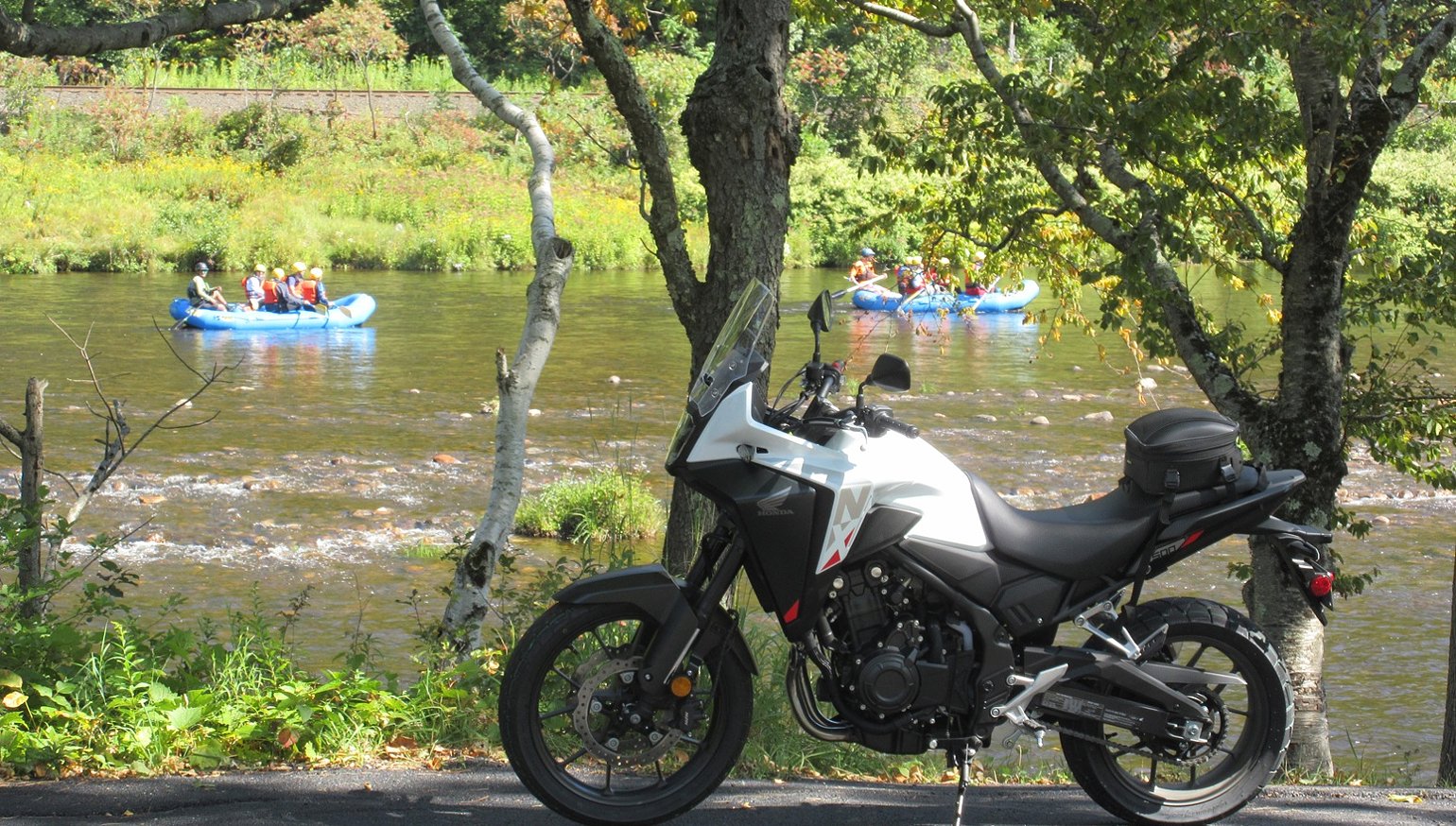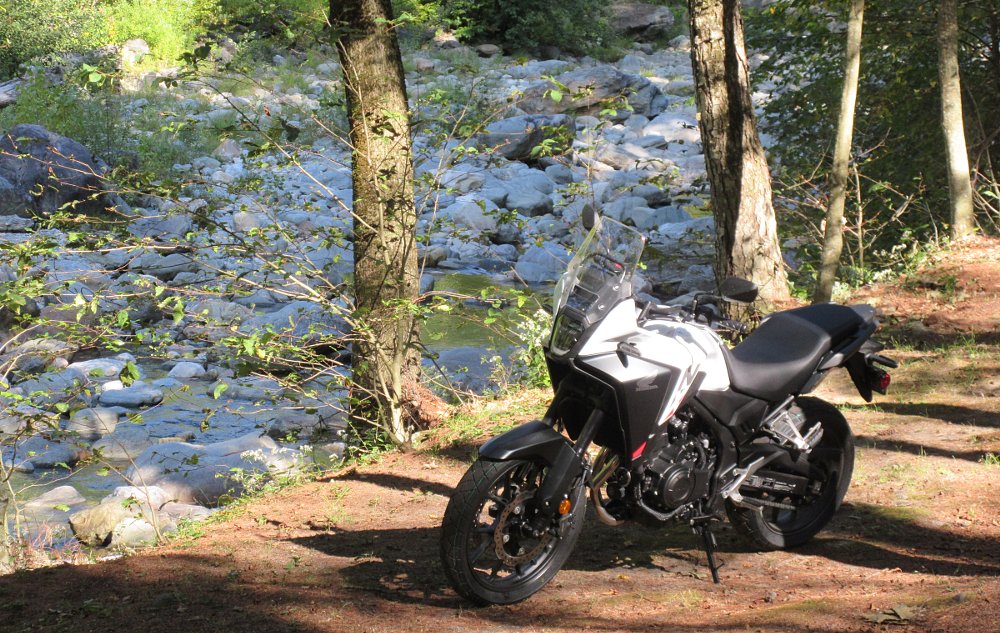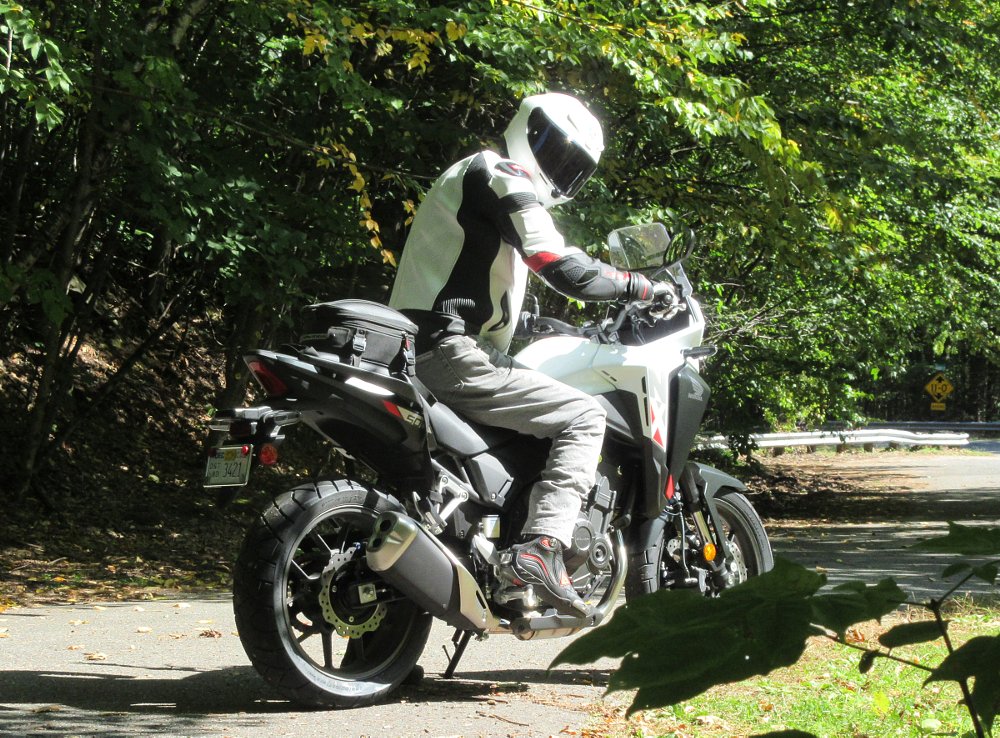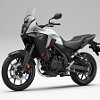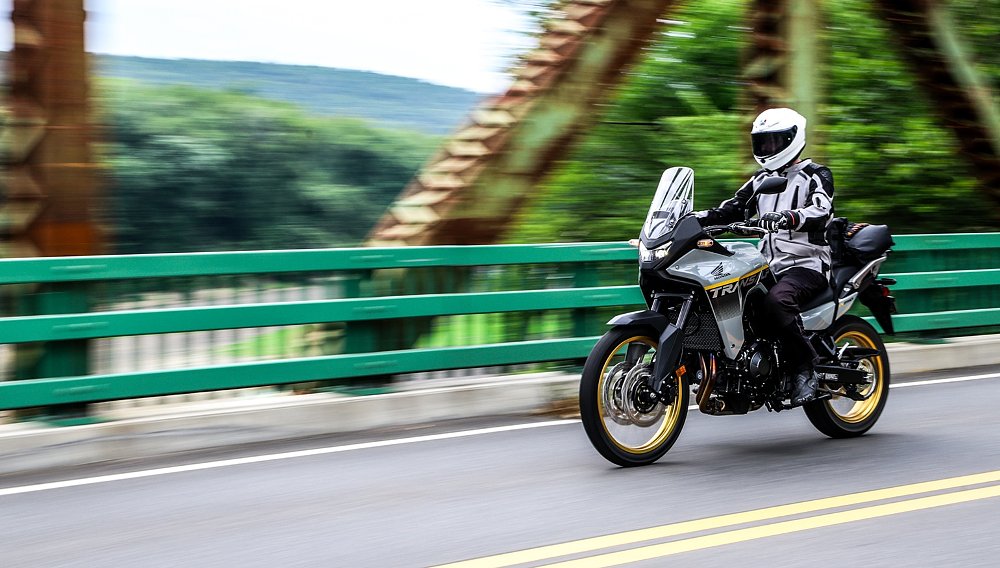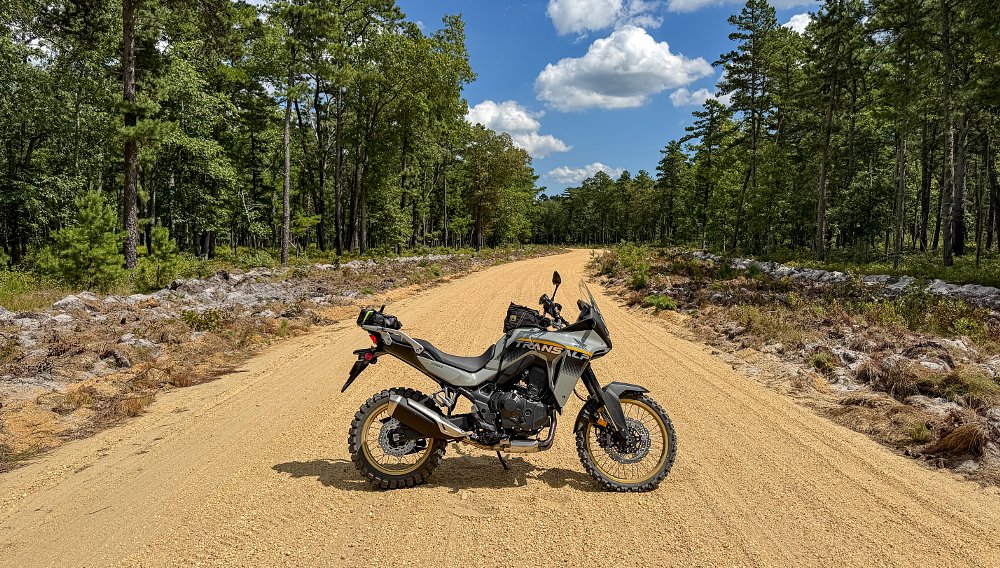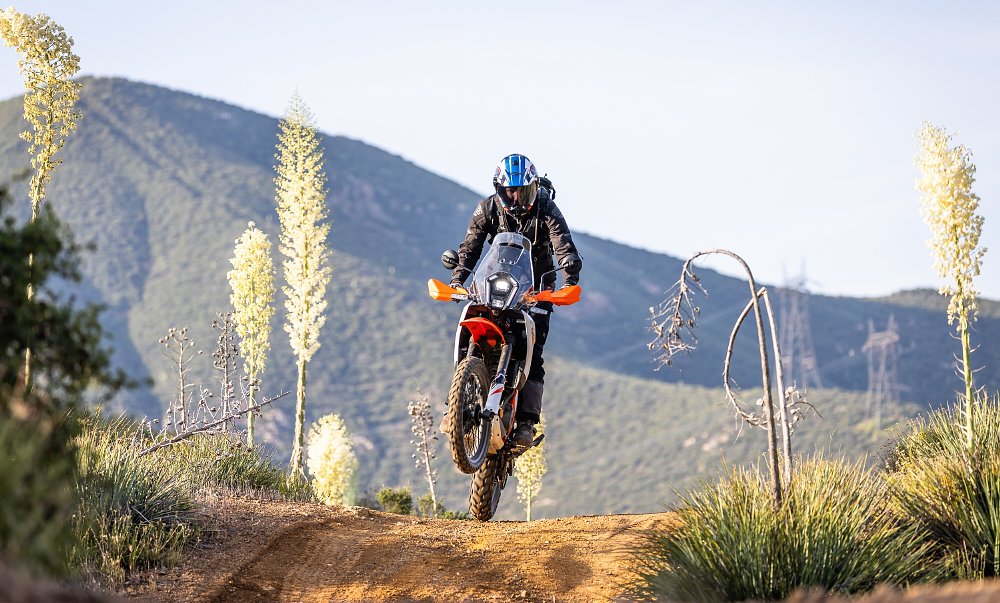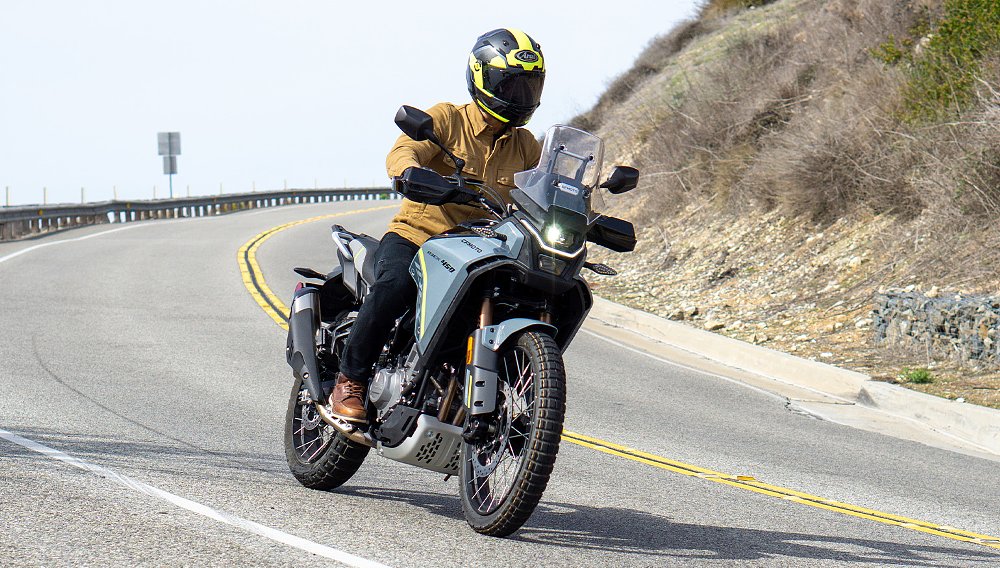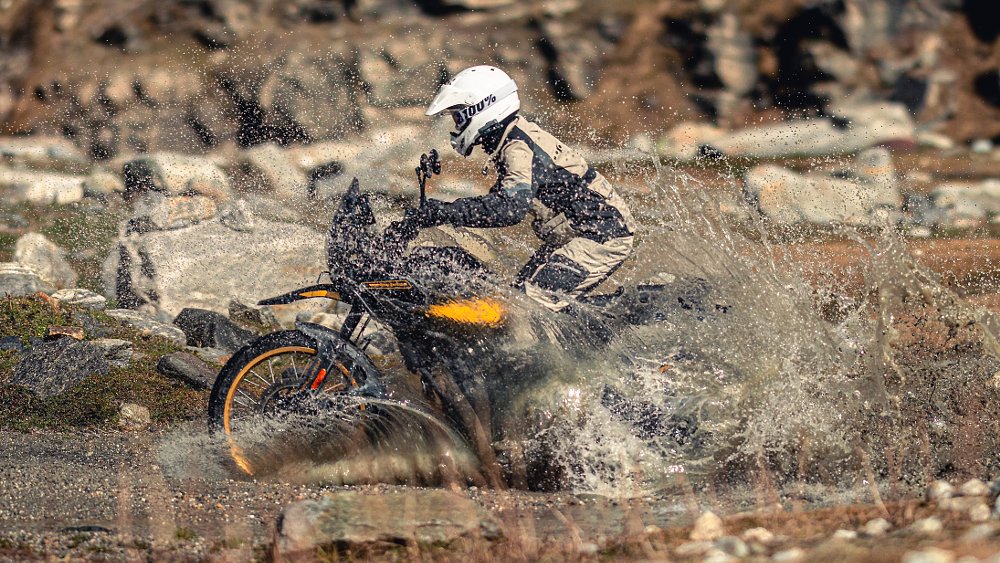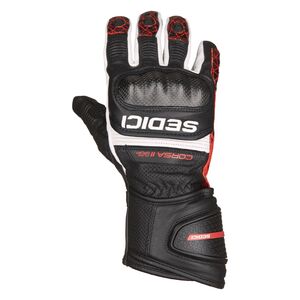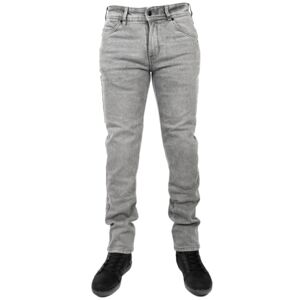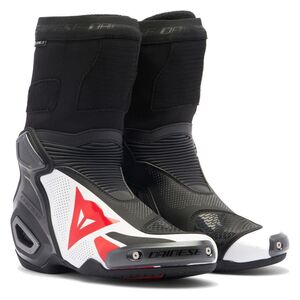One aspect of the U.S. motorcycle culture I have trouble with is the way that our perspectives turn certain otherwise positive adjectives into words that are seen as damning with faint praise, at best, or outright criticism, at worst. Words and phrases such as practical, easy to use, competent, and reliable.
That's because we've largely made motorcycles into recreational vehicles instead of viable transportation options, or we treat them as artistic expressions of identity (Instagram props), not tools for the job. Did you ever hear a home mechanic complain that a new air compressor is too quiet and doesn't vibrate the right way and therefore lacks character? Do you ever hear an office worker complain that a new computer starts reliably every time and never spits fire out of the USB port and thus is bland and boring?
All that brings me to the 2025 Honda NX500, because I'm going to use those kinds of words below.
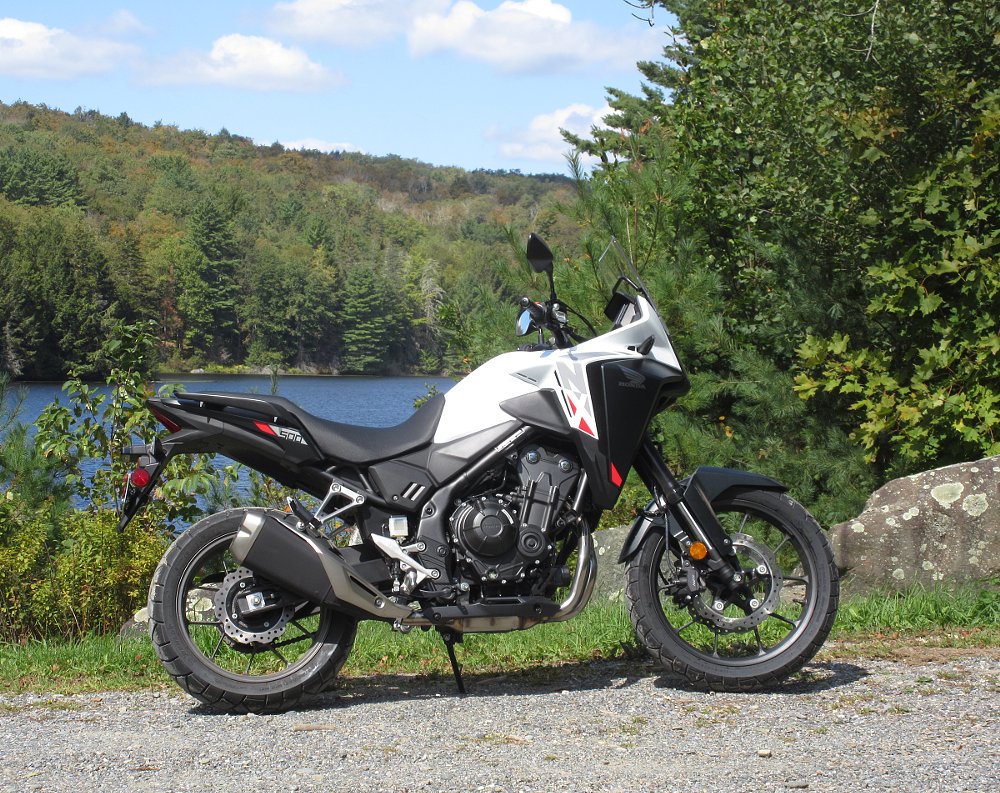
The return of NX
The NX500 replaced the CB500X in Honda's lineup for the 2024 model year, though it carries over much of the same hardware, notably the 471 cc parallel-twin engine that Honda also uses in various tunes for everything from the Rebel 500 cruiser to the CB500F standard. Along with the new name, the NX500 gets an appropriately more adventure-touring new look with a revised fairing and LED lights all around. It borrows the TFT display we've seen recently on the Hornet models and the Transalp. New wheels, still in 19-inch front and 17-inch rear sizes, are lighter. The test bike I rode was wearing Dunlop Trailmax Mixtour tires.
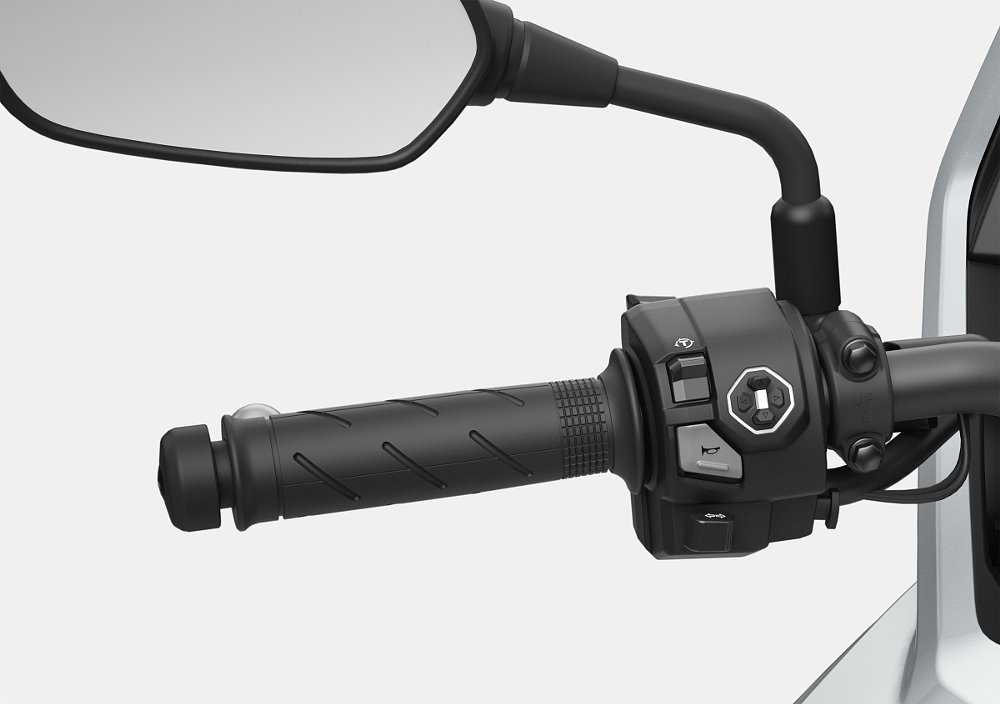
The NX500 also now includes basic, single-level traction control. In addition to the TFT display, the NX500 also borrows the same left switchgear used on the Transalp and Hornets. Those models feature ride modes and have a button allowing riders to switch modes on the fly. Since the NX500 has no ride modes, that button is repurposed to allow the rider to turn off traction control without having to go into the menus on the screen.
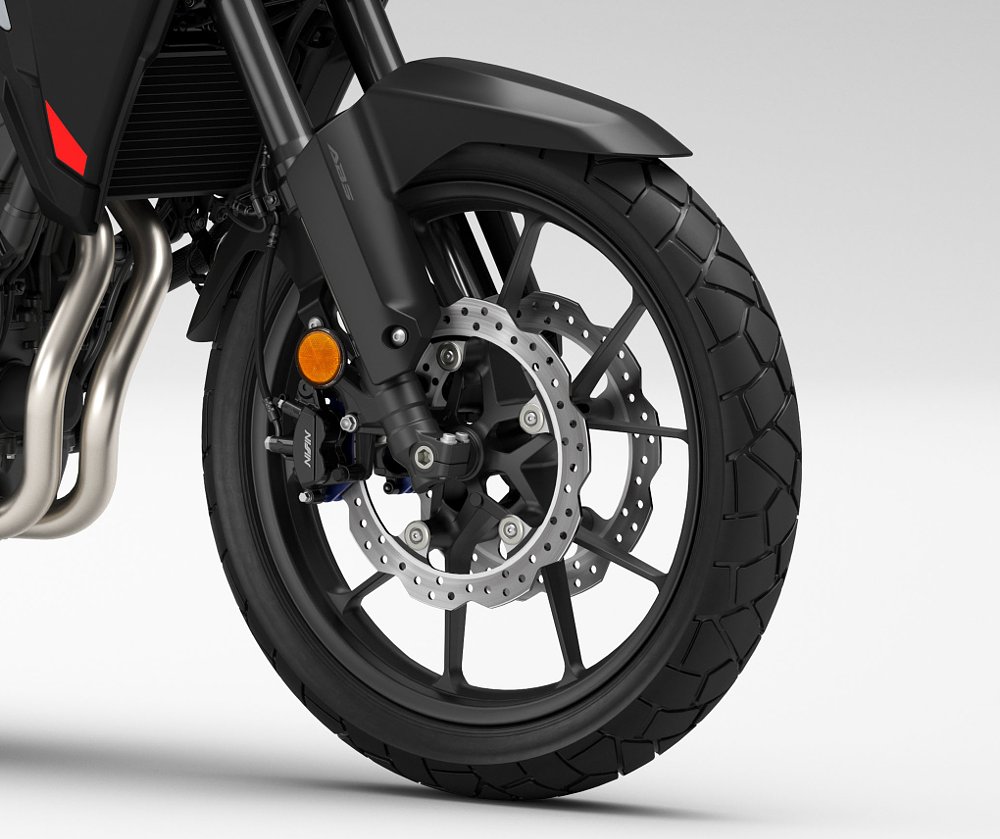
In addition to the on-or-off traction control, the NX500 comes with an anti-lock braking system that can't be turned off. In keeping with the basic nature of the motorcycle, that's it for electronic rider aids. Other hardware, such as the twin front disc brakes and the Showa SFF-BP fork are carry-overs from the CB500X. Over the course of its run, the CB500X got some gradual upgrades, such as those brakes, the fork, and the 19-inch front wheel instead of the original 17-inch front to edge it closer to adventure-touring duty. Now, with its new style, the half-liter adventure bike has earned its new name, in my opinion.
I'm admittedly a little partial to the NX name. Are you old enough to remember the NX650 (called the Dominator in some markets), NX250, and NX125 from the late 1980s and early 1990s in the U.S. market? Arguably, they were ahead of their time, with rally-inspired adventure-touring looks more than a decade before that sort of thing really caught on. Like some other versatile models, they died quickly in the United States, where back then everyone wanted something specialized like a hardcore sport bike or a highly styled cruiser or a massive luxury tourer, but the NX line continued to sell for many more years in Europe, where many riders wanted a practical all-rounder.
Needing an inexpensive second bike as a winter commuter for my new job in Ohio, in an office where riding to work year round was a badge of honor, I bought a decade-old, pre-scratched, NX250 and proceeded to put 20,000 miles on it commuting, running errands, an occasional weekend excursion, and one long trip deep into West Virginia where it took on some rough backwoods logging roads despite its diminutive size, street-oriented suspension, and 19-inch front wheel. The NX250 cost me nearly nothing to maintain, was tough as nails, never did anything spectacularly well, and never did anything wrong, either. I eventually made a beginning rider very happy by selling the NX to him as his first bike.
This new NX500 is miles more capable and advanced, but it channels the spirit of that NX from decades ago, as I found out riding the new model for a couple of weeks.
Riding the Honda NX500
It's often the case that an engine defines the personality of a motorcycle, and the NX500 is not one of the exceptions. Honda's middleweight twin-cylinder street engine exudes a mild-mannered competence that, getting back to my opening point, some will consider unexciting. If you're not already familiar with the nature of the 471 cc twin, you'll get a hint as soon as you fire up the TFT dash and see the redline lies at 8,500 rpm. No five-digit rpm rushes of top-end power here. Instead, you get smoothly building power from down low to the top of the tachometer range. There's the tiniest hint of abruptness on the transition from fully closed to barely cracked open throttle, but it wouldn't be worth mentioning if fueling weren't so uniformly good elsewhere.
If you're thinking just under half a liter isn't enough displacement for U.S. roads, I'll just say it depends on how you define "enough." It's easy to accelerate away from car traffic at stop lights. An indicated 70 mph in sixth gear puts the tachometer at roughly 5,800 rpm, so about two-thirds of the way to redline, and at that speed the engine remains smooth and not tiring for the rider. I would have no hesitation doing long days on the highway on the NX500. Only above 7,000 rpm did I feel some buzz, mostly through the seat, but nothing in the handgrips or footpegs that would be bothersome and you're not going to spend much time at those engine speeds anyway. Also, during the 677 miles I rode the NX500, it returned 64 miles per gallon on 87-octane fuel, and that's despite the fact that the engine had 47 miles on it when I picked up the motorcycle, so it was still in the break-in period.
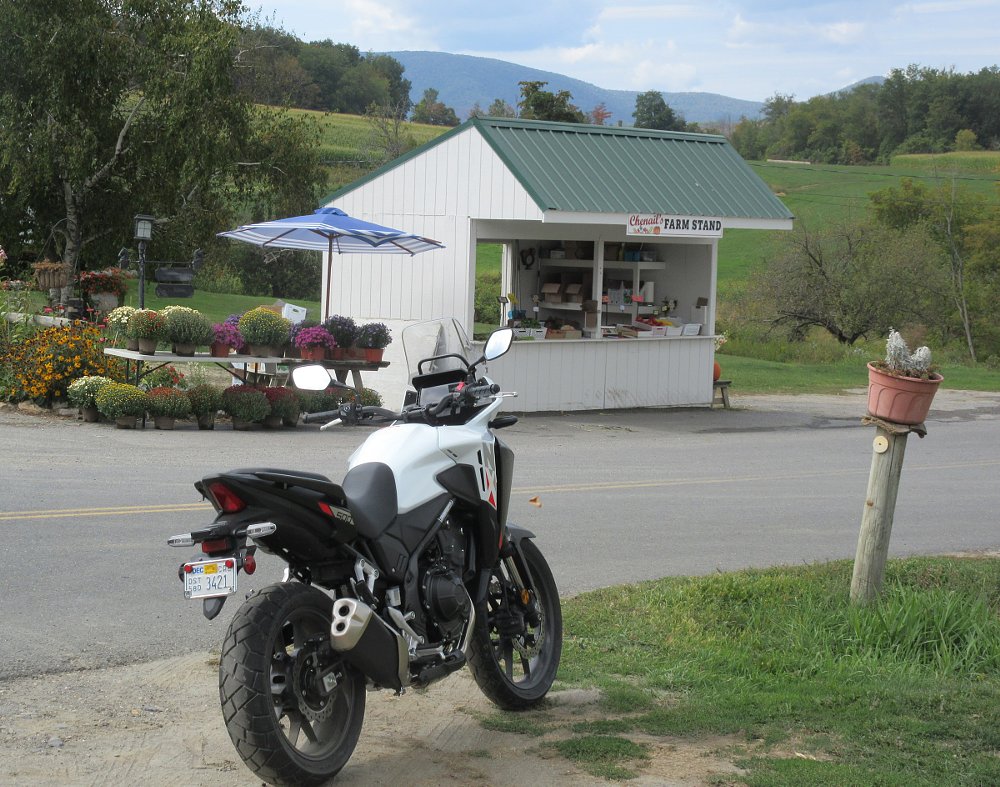
One unexpected point of refinement on the NX500 is the gearbox. The transmission is one area where less expensive motorcycles often reveal their cost-cutting, but shifts on the NX500 are both light and precise. Clutch pull is also light. I didn't miss the quickshifter I'd become accustomed to on the Transalp I'd been riding previously.
The transition from our XL750 Transalp test bike, the next step up the ladder in the adventure-touring category for Honda, to the NX500 was revealing. As you can see in our two-part on-road and off-road review, I found the Transalp to be a good adventure bike for the street while Spurgeon found its weak points in off-road riding. It's telling that the NX500 right away felt even more like a street bike to me than the Transalp did.
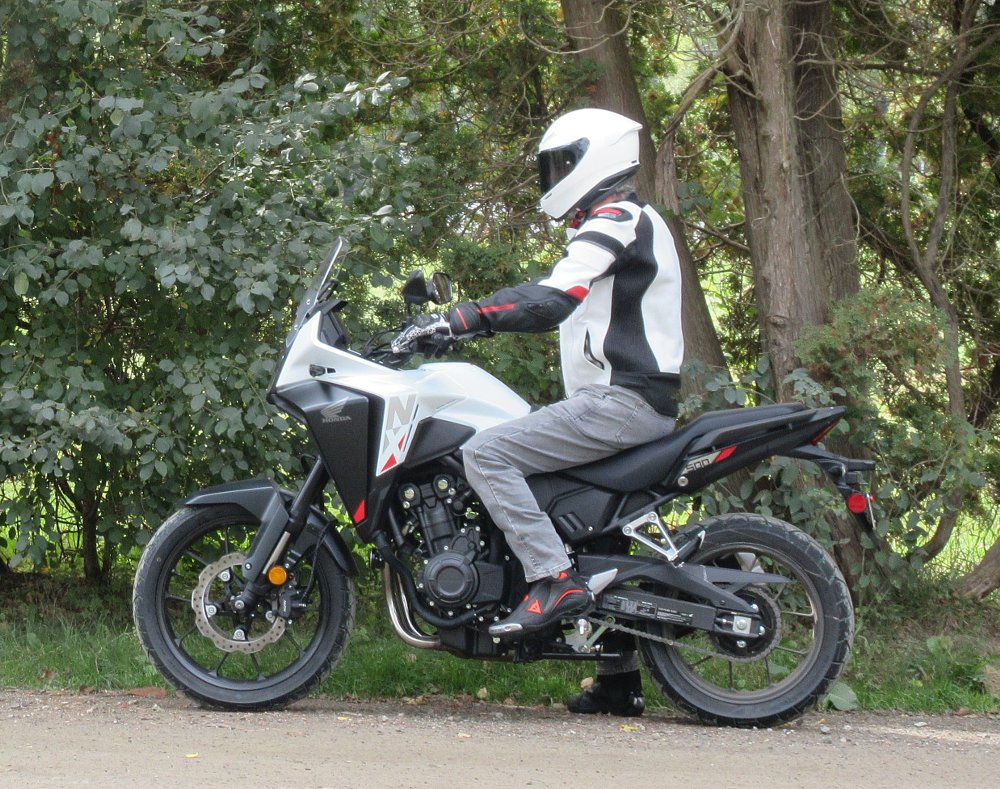
The NX500 still has the upright adventure-bike ergonomics to go with the look of its new fairing, but the lower seat and 19-inch front wheel, which wears a wider tire than the Transalp's 21-inch front, are the main factors in changing the feel, I believe. The NX500's suspension is non-adjustable, except for rear preload. On smooth, curvy pavement, the NX500 handled like a lightweight street bike should and the suspension felt firm and the motorcycle planted. When I shifted to the kind of battered and bumpy asphalt and rippled dirt roads that an adventure bike should handle, that suspension felt a little too firm, transmitting the jolts more than soaking them up. It wasn't that the NX500 couldn't handle those unpaved roads. It's just that certain expectations about speed are in order.
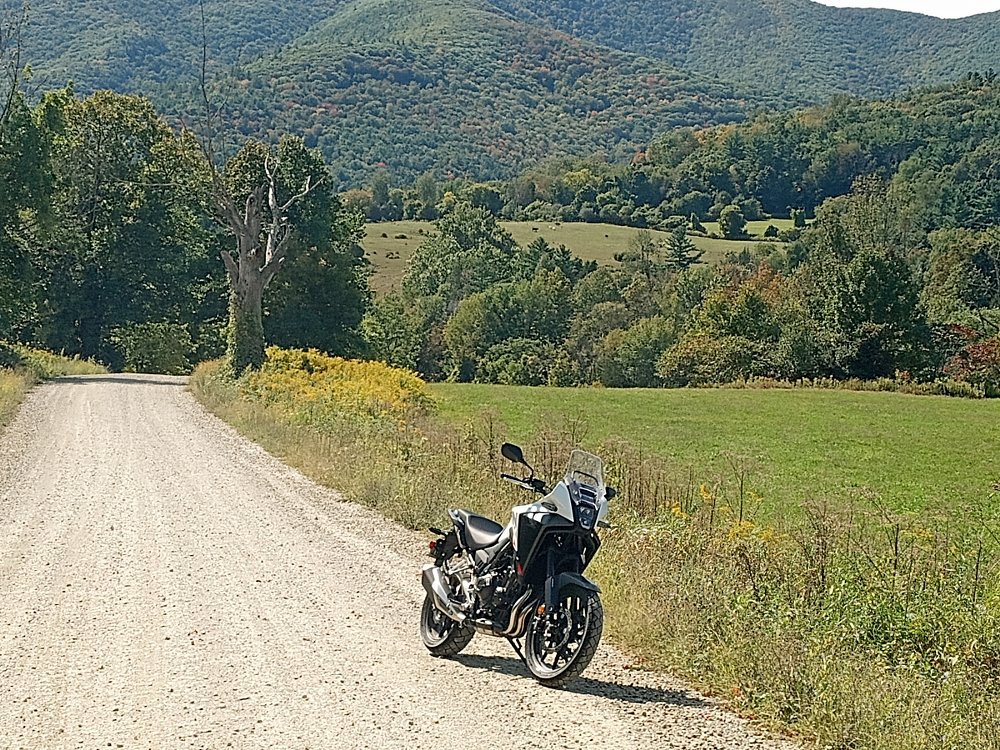
I think the ideal use case for this bike is something very close to my usual riding around my current home in the Berkshire Mountains of western Massachusetts. Mostly around-town riding but often veering off onto the ever-present dirt roads in my area that make for useful and scenic shortcuts, all in addition to the ability to hit the highway if I need to get down to RevZilla HQ in the big city. I know a few people will load up this bike with protection and take it on tougher off-road excursions, but at some point, if you're doing a lot of dirt riding, other options may suit you better. For the rest of us, the Dunlop Trailmax Mixtour tires and the 19-inch front make it more confidence-inspiring on dirt than most street bikes.
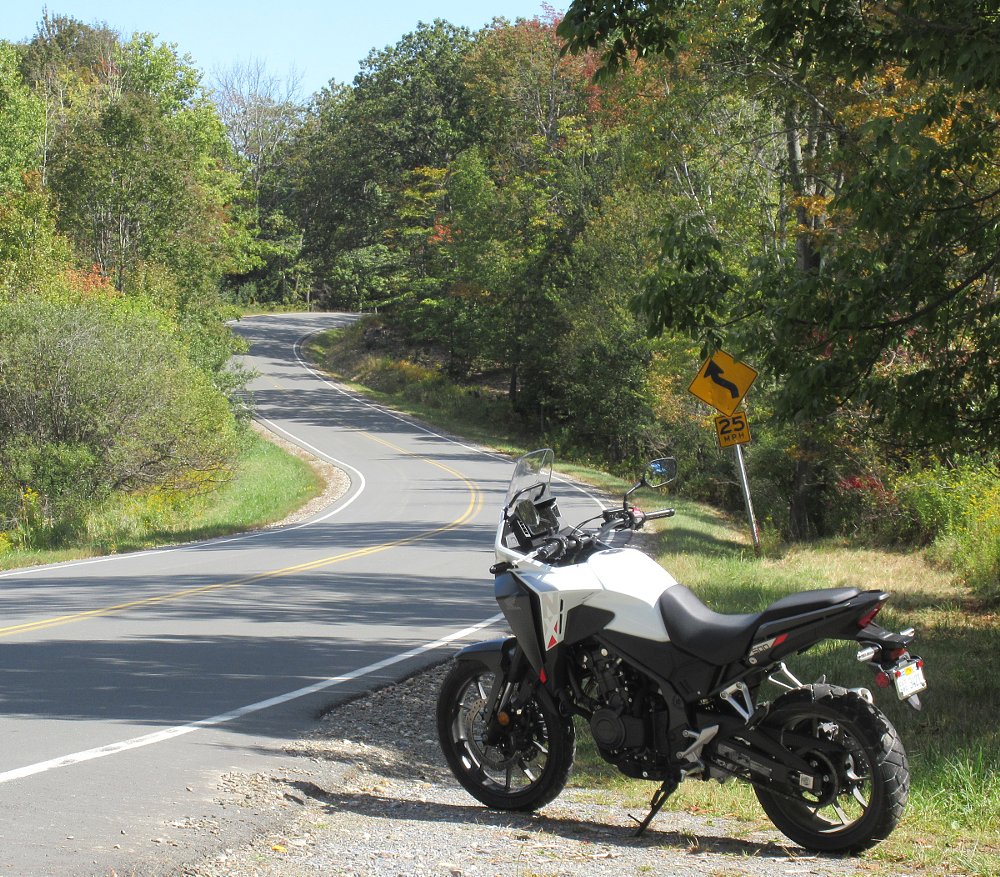
At highway speeds, that tall, nearly vertical windscreen provides good wind protection for my chest and even my helmet. But at my height, five feet, 11 inches tall, I found it to be noisy. By slouching or raising up a little, I decided that it would be quieter if I were either three inches taller or three inches shorter. Determine your scenario accordingly. One area where the NX took a step backwards from the CB500X is that the windscreen is no longer adjustable.
Another rally-esque feature, along with the tall windscreen, is the bar in front of it where you can mount your phone or a GPS or other accessory. Just one minor warning from me: Before you mount anything there, some time when you're riding at least 60 mph, reach out and touch that bar. You'll feel an extremely high-frequency buzz like a very angry hive. Personally, I wouldn't attach anything there that wasn't specifically designed to withstand vibration.
What else? Brakes. Almost forgot. That's because like most everything else on this bike they're not industry-leading technology but they're perfectly good for the job that needs to be done. You can't turn off ABS for off-roading, but for the dirt-road riding I did, when I intentionally locked up the rear, the ABS allowed a bit of a skid before it kicked in. It did its job but was not prematurely intrusive.
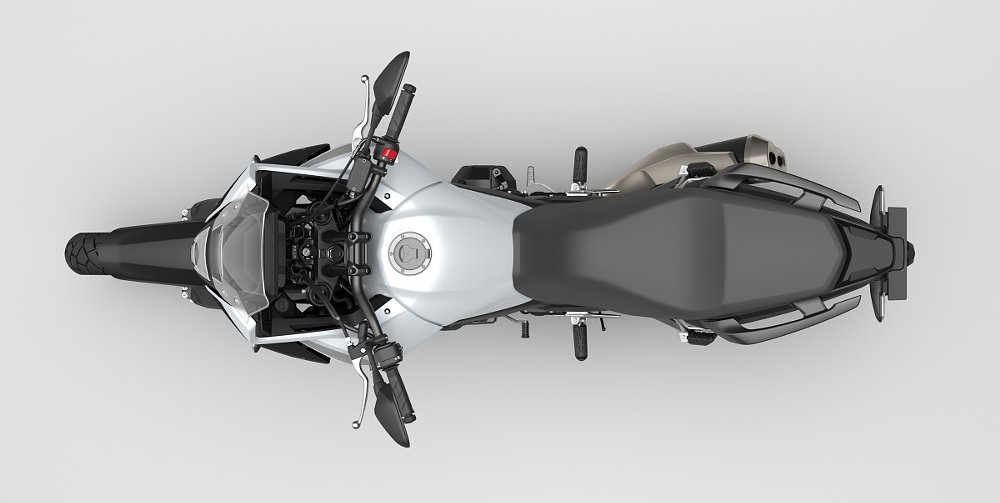
When I brought the NX500 home, my wife peeked in the garage, instantly decided the white paint looked classy, examined the passenger seat and declared, "I could ride that." So we scheduled a scenic day ride along the borderlands of Vermont and Massachusetts to scope out leaf-change season. I considered increasing the rear preload (the one suspension-tuning option available) as I normally would for adding a passenger, but since the rear sag with the stock setting for me riding solo was already less than optimal, I got lazy and decided to leave the shock at the stock setting. It turns out that was the right move. The additional weight put the suspension in its sweet spot and our two-up ride, which included some very bumpy not-quite-two-lane asphalt, was the smoothest ride I had on the NX500 on a rough surface. I was surprised and my passenger arrived home pleased. So is it fair to say the NX500 can handle light two-up duty? I'd say it may be fair to say it prefers it.
Who should by an NX500?
So are you still with me? I've described an affordable and accessible motorcycle with no glaring flaws whatsoever, and many of you have probably yawned and wandered off to look at something more exciting. And I get it. If you're the type who refers to motorcycles as toys, the NX500 may lack pizzazz.
I do, however, think it probably makes sense for far more riders than might first think of it as a potential purchase. The NX500 (and its predecessors) are often named as good choices for beginner bikes, and it's a strong contender in every way, from its smoothly delivered but not overwhelming power to its neutral ergonomics and handling to even its light clutch pull and slick gearbox for new riders getting the hang of a manual transmission.
But what about more experienced riders, like most of us who read Common Tread daily? Read the comments here and you'll see more than a few readers who are considering the virtues of a simpler ride, one that doesn't involve scrolling through a bunch of ride modes they don't use. The NX500 certainly has the versatility to fulfill missions for riders who aren't at the extremes of either off-road or long-distance riding. It would handle the North East Backcountry Discovery Route that runs nearby my home. It would make a far more comfortable option for a long highway trip than the BMW G 310 GS I wrote about in my recent story on touring on a small motorcycle.
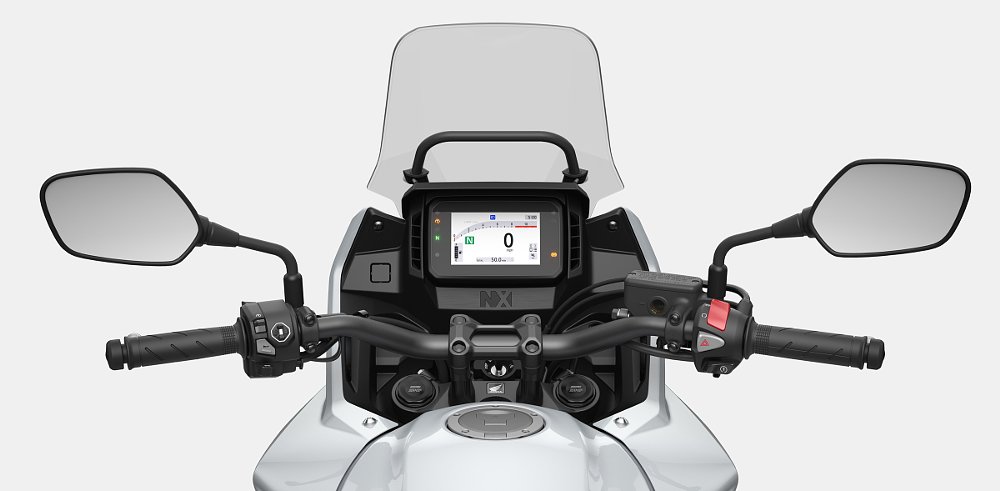
I could see more experienced riders enjoying the NX500... if they give it a chance. Such as a rider who wants a less complicated riding experience without unwanted electronics and features that add expense, distraction, and potential failure points, but who wants the reliability of a new motorcycle instead of a vintage ride. Such as an experienced rider who appreciates the ergonomics of an adventure-touring bike but is honest enough to admit that no hard-enduro trails are in the future and who is secure enough not to need to have the biggest, burliest ADV machine at the bike night gathering. Such as a rider who wants broad capability at a price that doesn't require a seven-year loan term.
Speaking of price: The competition
Other reviewers have praised the NX500 and its CB500X predecessors as inexpensive entries into the adventure category. And with an MSRP of $7,399, that's true enough, especially since the improvements to the NX500 over the CB500X only added $100 to the price. But I have two caveats to the notion that the NX500 is a great bargain.
First, it still feels like you're paying an ADV tax. The CB500F uses the same engine, brakes, and suspension (but with an additional 1.2 inches of travel in front and an added 0.6 inches rear), so you're paying $500 for some bodywork and that mildly ADV look.
Secondly, there's simply a lot of competition in this price range and, if we cast a bit more broadly, this performance envelope. That competition starts in house at Honda with the new model that's becoming the uncomfortable comparison for a lot of motorcycles: Honda's CB750 Hornet. Sure, the Hornet and NX500 are quite different, a sporty street naked on one hand and a mild adventure bike on the other. But the Hornet lists for just $600 more than the NX500 and comes with three preset ride modes plus two customizable modes, a bidirectional and adjustable quickshifter, and the ability to adjust the levels of traction control and engine braking. Not to mention significantly more power and even a few pounds less weight than the NX500.
Even if you argue that the Hornet isn't a good comparison because it won't be cross-shopped with the NX500, there are quite a few other models that might be considered competition, depending on how narrow or wide your criteria are. And most of them are less expensive.
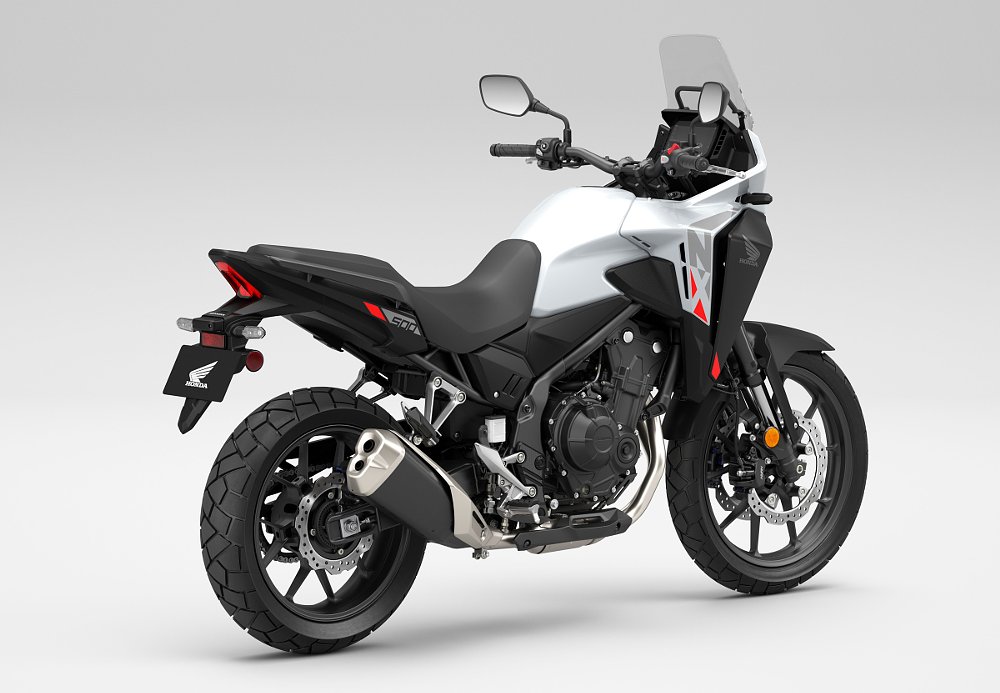
If you aren't set on the NX500's ADV looks and wind protection, there's the sibling CB500F, as mentioned before, for less money, and a Kawasaki Z500 with ABS costs far less, at $5,599. On the other hand, if you're thinking that more off-road riding lies in your future and you want more dirt capability, there are options such as the CFMOTO Ibex 450, which offers more features, including adjustable suspension with more travel and more off-road-oriented spoked wheels that accommodate tubeless tires with a 21-inch front, all for $6,499. Or dirt riders could look at a Royal Enfield Himalayan for $5,999. Really, if you like Honda but you're planning on doing a lot of off-pavement riding and don't mind the seat height, you might even cross-shop Honda's CRF300L Rally, which we also compared to the BMW G 310 GS.
The bottom line is there's a lot of adjacent competition to the NX500 but not much else exactly like it. Other street-leaning adventure bikes are either significantly smaller (Kawasaki Versys-X 300) or bigger and more expensive (Suzuki V-Strom 650).
If you're a street rider who wants a little ADV style and ability, if you no longer think that your hands going numb from vibration on a long ride is "character," and if you're not out to impress anyone but yourself, you might be NX500 material. It channels that old NX spirit and simply doesn't do anything wrong.
| 2025 Honda NX500 | |
|---|---|
| Price (MSRP) | $7,399 |
| Engine | 471 cc, liquid-cooled, eight-valve, parallel twin |
|
Transmission, final drive |
Six-speed, chain |
| Claimed horsepower | NA |
| Claimed torque | NA |
| Frame | Steel diamond-tube |
| Front suspension | Showa Separate Function Fork Big Piston (SFF-BP) 41 mm fork; 5.2 inches of travel |
| Rear suspension | Single shock, adjustable preload; 5.3 inches of travel |
| Front brake | Dual Nissin two-piston calipers, 296 mm discs, with ABS |
| Rear brake | Single-piston caliper, 240 mm disc, with ABS |
| Rake, trail | 27 degrees, 4.3 inches |
| Wheelbase | 56.8 inches |
| Seat height | 32.8 inches |
| Fuel capacity | 4.7 gallons |
| Tires | Dunlop Trailmax Mixtour, 110/80-19 front, 160/60-17 rear |
| Claimed weight | 432 pounds wet |
| Available | Now |
| Warranty | 12 months |
| More info | powersports.honda.com |




